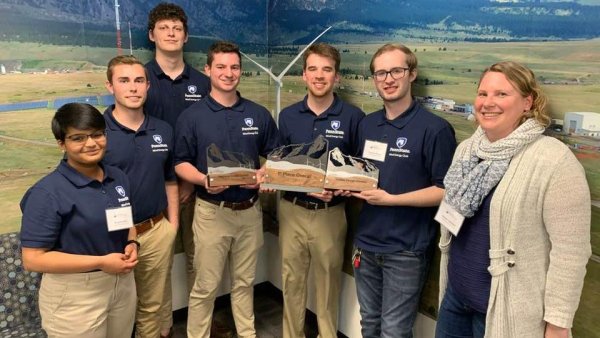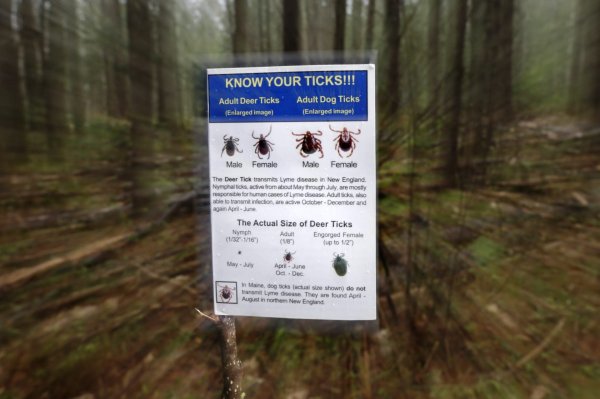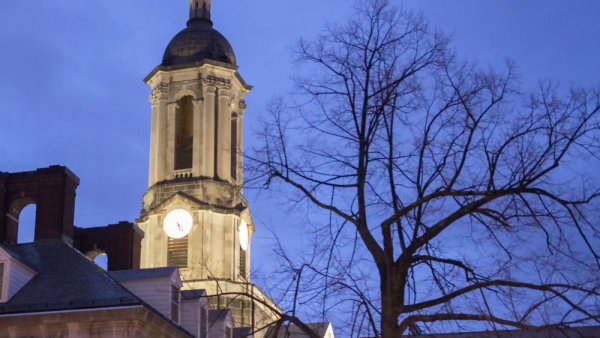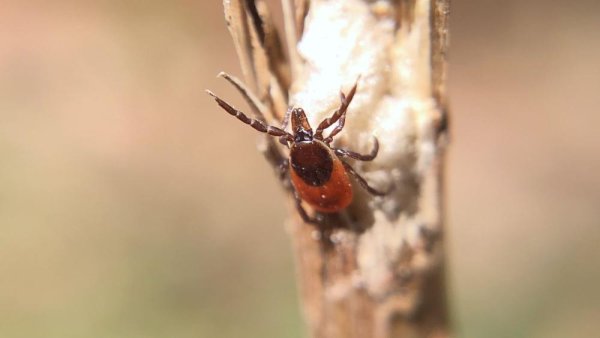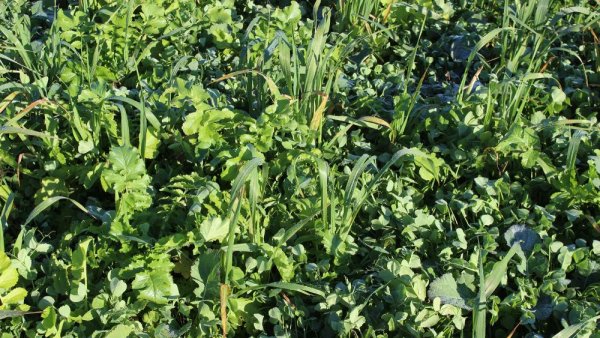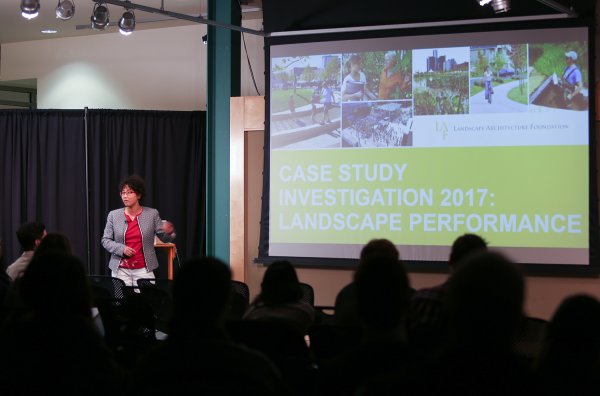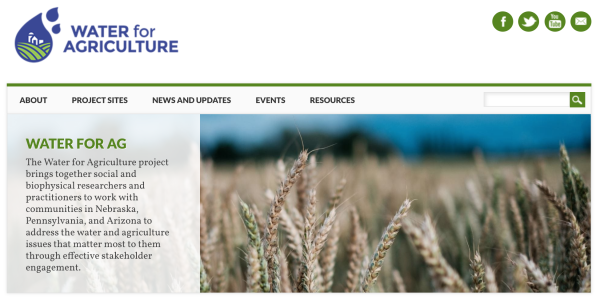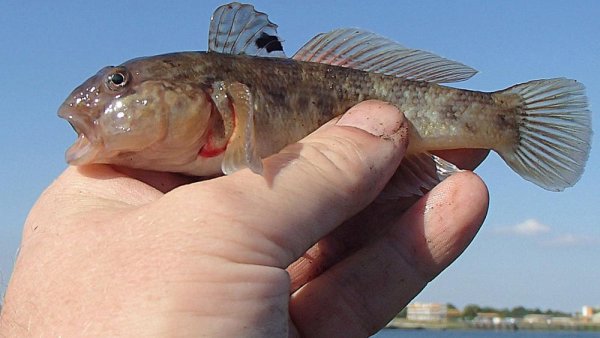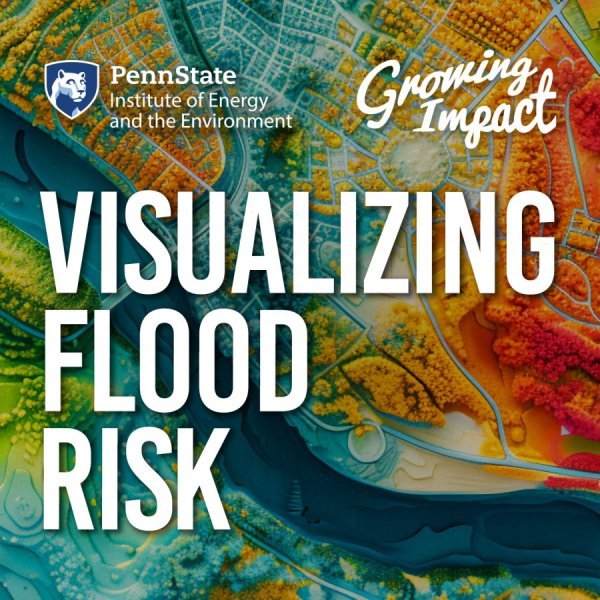Penn State team places first in Department of Energy Collegiate Wind Competition
| psu.edu
An interdisciplinary team of 17 Penn State students recently placed first overall in the 2019 Department of Energy Collegiate Wind Competition, a contest designed to challenge undergraduate students to create unique solutions to complex wind energy projects. This is Penn State’s fourth victory in the competition in the last six years.
Faculty-edited book on environmental news coverage wins research award
| psu.edu
A lack of research on how news media from around the world covers climate change inspired Penn State scholar Juliet Pinto to join colleagues in studying environmental coverage from Latin America and the Caribbean. “News Media Coverage of Environmental Challenges in Latin America and the Caribbean,” published by Palgrave Macmillan, won the 2019 AEJMC-Knudson Latin America Prize.
Professor of climate dynamics named Project Drawdown Senior Fellow
| psu.edu
Chris Forest, professor of climate dynamics at Penn State, has been named a Senior Fellow for Project Drawdown. Senior Fellows are “systems thinkers, experts in their field and Drawdown Ambassadors to the world.” He is the first Penn Stater to receive the honor.
Penn State Extension 'Dive Deeper' water educator program praised by state
| psu.edu
Penn State Extension’s “Dive Deeper – Youth Water Educators Summit” recently received a Governor's Award for Environmental Excellence, presented annually by the Pennsylvania Department of Environmental Protection.
There are a lot more Lyme disease-carrying ticks in Pa. today, Penn State study finds
| whyy.org
Pennsylvania has had the highest number of Lyme disease cases in the U.S since 2000.
Institutes of Energy and the Environment announces seed grant recipients
| psu.edu
The 2018–19 Institutes of Energy and the Environment seed grant recipients have been awarded to 18 groups of interdisciplinary researchers at Penn State.
More than 100 years of data show Pennsylvania tick population shift
| psu.edu
The prevalence of the most abundant species of ticks found in Pennsylvania has shifted over the last century, according to Penn State scientists, who analyzed 117 years' worth of specimens and data submitted primarily by residents from around the state.
'Right' cover-crop mix good for both Chesapeake and bottom lines
| psu.edu
Planting and growing a strategic mix of cover crops not only reduces the loss of nitrogen from farm fields, protecting water quality in the Chesapeake Bay, but the practice also contributes nitrogen to subsequent cash crops, improving yields, according to researchers.
New publication stresses importance of collaboration in landscape design
| news.psu.edu
A new publication based on the proceedings of the E+D: Ecology Plus Design Symposium stresses the importance of a true partnership between designers and ecologists from the start of a landscape architecture project, through the design process, and to completion.
Interdisciplinary research project on water and agriculture launches website
| news.psu.edu
Water for Agriculture, a Penn State-led interdisciplinary research project funded by the United States Department of Agriculture National Institute on Food and Agriculture, has announced the launching of its website. The project aims to address the water and agriculture issues that matter most to communities through effective stakeholder engagement.
'Materials from First Principles' theme for 2019 Nelson W. Taylor Lecture Series
| psu.edu
The 2019 Nelson W. Taylor Lecture Series in Materials Science and Engineering will be held from 8:30 a.m. to noon on Thursday, April 11 in the HUB-Robeson Center’s Freeman Auditorium on Penn State’s University Park campus. The theme of this year’s lecture series is “Materials from First Principles.”
Invasive round gobies may be poised to decimate endangered French Creek mussels
| psu.edu
The round goby — a small, extremely prolific, invasive fish from Europe — poses a threat to endangered freshwater mussels in northwestern Pennsylvania's French Creek, one of the last strongholds for two species of mussels, according to researchers.

